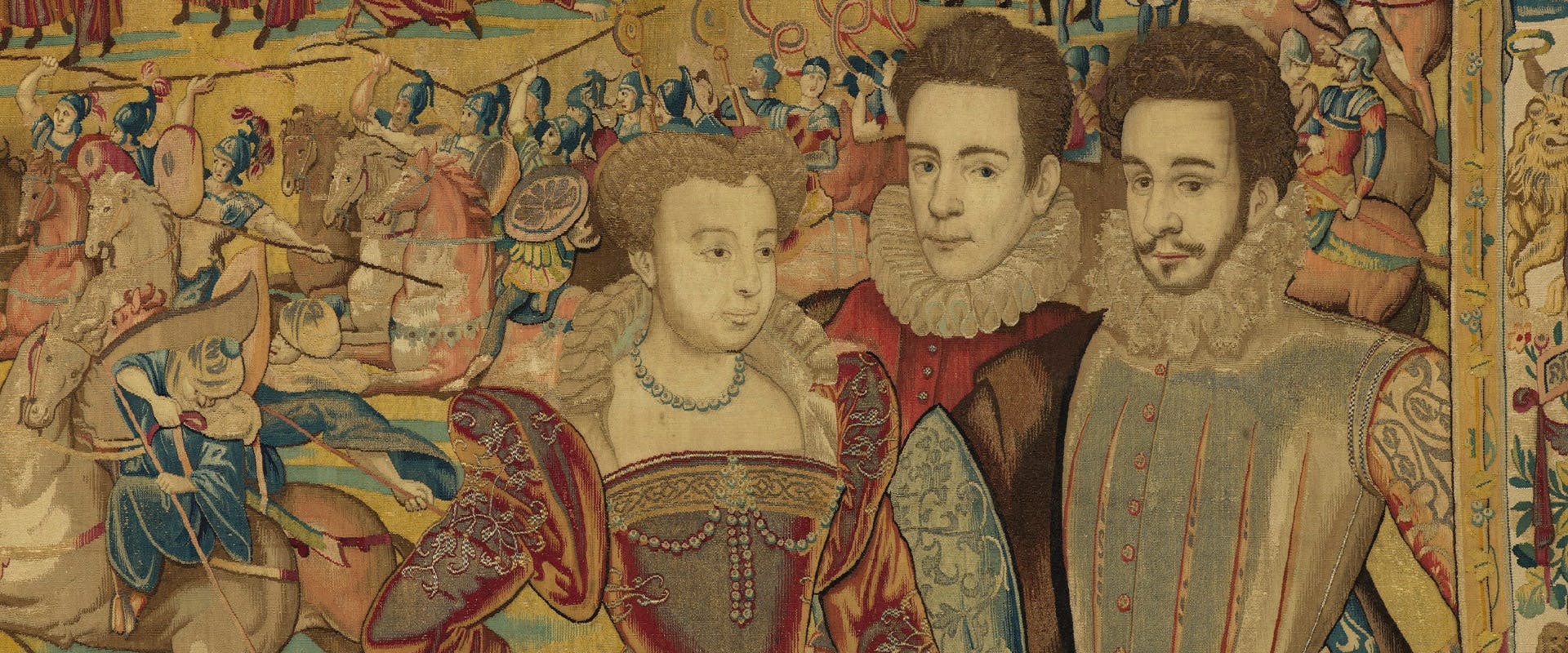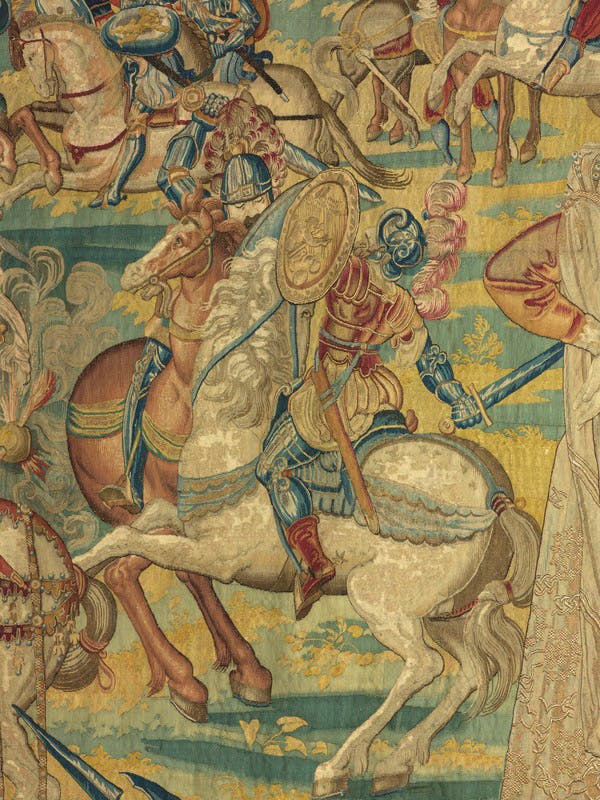The Tapestry Gallery Epiphanies of precious fabrics
The dazzling brightness of the colours displayed through the histories depicted in the tapestries
For the first time after 25 years, 17 masterpieces of tapestries chosen among 8 collections have returned to their place of origin for an exhibition at the Uffizi Gallery. One of the most precious section of the Museum’s collections can be admire in this exhibition entitled “The Tapestry Gallery. Epiphanies of precious fabrics”.
In 1987, superb series of tapestries were removed, due to problems of conservation, from the corridors of the Gallery where for decades they had been an element of magnificent elegance. Despite their often monumental dimensions and seemingly solid presence, tapestries are delicate manufactures; the light, dust and tensile stress deteriorate those artworks rapidly and the colours fade day after day.
In this temporary exhibition, visitors can admire a series of works which illustrate and recount the opulence and magnificence of the European courts during the Renaissance. The exhibition presents works of sixteenth-century Flemish manufacture (from the series entitled Stories of Jacob, Festivities at the Valois Court, and Stories of Hannibal), and sixteenth and seventeenth-century Florentine manufactures (devotional hangings from the Salviati cycle, tapestries from the series entitled Florentine Histories, Hunting Scenes, The Passion of Christ and Stories of Phaeton), and two exemplars of the type of tapestries that were hung above doors and called Portiere, illustrating the Medici’s coat of arms.
Tapestries in the past were mostly considered objects to worship, shown during important ceremonies in court life. A strong tradition and passion passed down through noble families such as the Medici, who had an important collection. The skill of the artists responsible for the cartoons (some of them on display) can be appreciated, together with details of the different ways in which the works were acquired for the grand ducal collections: via gift, dowry, legacy or commission.
Visitors can also discover the ancient techniques through which the tapestries were made and at the same time, admire the complex art of restoration carried out by the Florentine school, considered one of the most important in the world today.

